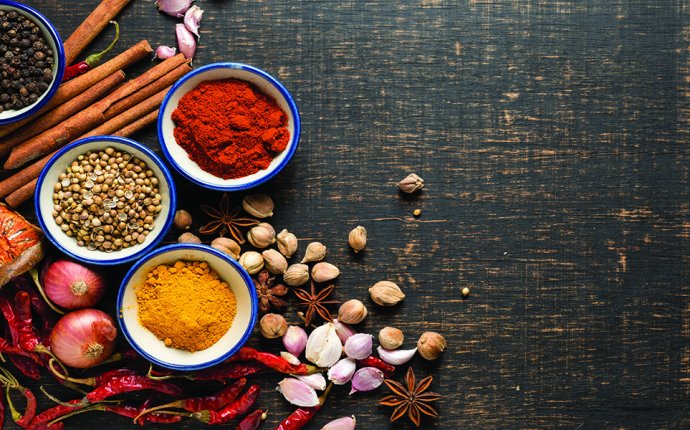
Ayurvedic Diet Plan
The practice of Ayurveda is, in essence, about harmonizing mind and body. And what you eat affects everything, explains Toronto naturopathic doctor and Ayurvedic health consultant Dana Lerman.
According to this philosophy, each person’s constitution is categorized in one of three ways, or doshas, called Kapha, Pitta and Vata. This is meant to act as a guide to all aspects of your health, including nutrition – think of it as eating for your .
You can follow some common clues for a sense of which category you fall into (though only an Ayurvedic practitioner can accurately determine your dominant dosha). Kaphas tend to have larger hips and shoulders and are prone to illnesses such as and sinus problems when they are out of balance. Pittas have and good muscle tone but are short tempered when out of balance. They are also prone to ulcers, allergies and skin rashes. Vatas tend to be slender and often feel cold. When out of balance, they’re inclined to have arthritis and dry skin.
Eating for your dosha means heeding the six Ayurvedic tastes: sweet, , bitter, pungent, astringent and . “The six tastes also have particular qualities, and that’s how they aggravate the doshas, ” explains Lerman. Each of the six tastes is further related to two elements: air, space, water, earth or fire.To boil it down, you need to include all six tastes in your meal to keep your dosha in balance.
To fully embrace the Ayurvedic diet, you’ll need the guidance of a practitioner, but if you want to learn more, check out our week of tips to see if his new (old) approach to food to see if it’s right for you.














